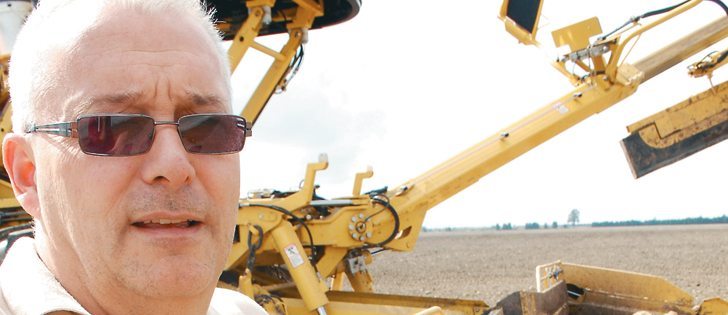Companies that emit more than 100,000 tonnes of greenhouse gases per year have been under the gun in Alberta since July 1, 2007.
They must either reduce emissions intensity by 12 percent annually, relative to baseline levels, or offset their production.
Emissions intensity is measured relative to economic output, so a decrease in emissions may not be an absolute reduction.
To reach the target, Alberta companies have four choices:
• Improve their facility so it produces fewer emissions.
• Pay $15 per tonne into a climate change technology fund.
Read Also

Using artificial intelligence in agriculture starts with the right data
Good data is critical as the agriculture sector increasingly adopts new AI technology to drive efficiency, sustainability and trust across all levels of the value chain.
• Buy credits from companies that have reduced emission intensity by more than 12 per cent.
• Buy carbon credits from participants in the Alberta Offset System.
Zero tillage is one of the approved practices in the Alberta Offset System, but most farmers don’t sell offsets directly to emitters because aggregators act as middlemen between the two parties. The aggregators buy offsets from farmers, bundle no till and other offset projects together and sell the credits to companies seeking offsets for emissions.
However, the price of no-till offsets are opaque, said Amanda Stuparyk, offset co-ordinator with C3, an Alberta non-profit organization that oversees carbon offsets in the province.
“The Alberta offset market is not an exchange and therefore there is no price discovery,” she said in an e-mail.
“Contracting and payments are bilate ra l,” which means agreements between buyers and sellers are private.
Nonetheless, some aggregators are more transparent than others when it comes to price, said Graham Gilchrist, who works in Alberta Agriculture’s Office of the Farmers’ Advocate.
For example, Carbon Reduction Offset Projects (CROP), an aggregator based in Didsbury, Alta., pays approximately $9 per tonne for greenhouse gas reduction related to no till farming, Gilchrist said.
How that $9 per tonne translates into dollars per acre is more complex, but in the simplest terms, the Alberta Tillage System Management Protocol uses coefficients to calculate how no till reduces greenhouse gas emissions.
While the amounts are minimal, no till farmers in Alberta are able to sell offsets retroactively to 2002. As a result, a producer in the parkland zone with eight years of carbon credits on 1,000 acres would receive $11,920 for the offsets.
However, Alberta farmers will no longer be able to sell no till offsets from previous years as of Jan. 1.















